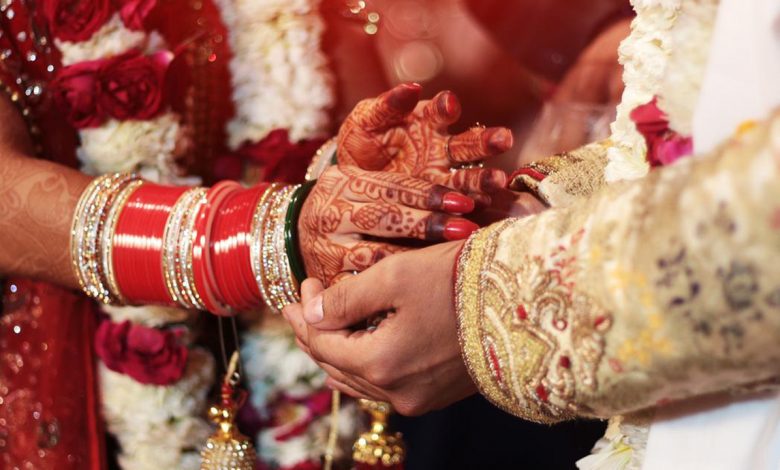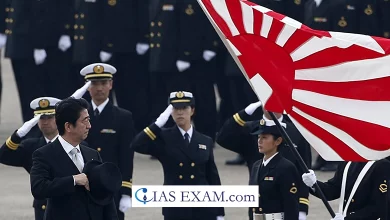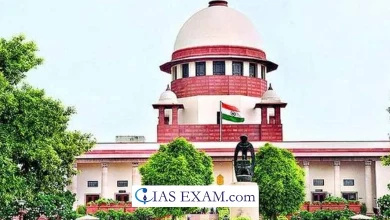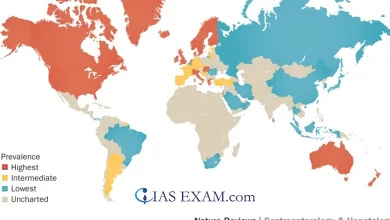
News Highlight- The Assam Cabinet has recently announced that men who marry minor girls would be booked under stringent laws prescribing imprisonment from two years to life imprisonment.
Key points
- Further Supreme Court would examine whether minor girls, can marry on the basis of custom or personal law when such marriages are considered an offence in the Prohibition of Child Marriage Act (PCMA), 2006.
Current status of Marriage Laws
- The legal age of marriage is 18 and 21 for a woman and a man respectively, and marriage at a younger age comes under the prohibited practice of child marriage. However, this is not uniform across all communities.
- Under the Muslim personal law in India, persons who have attained puberty are eligible to get married i.e. on attaining the age of 15 years, while they are still minors.
- Under the Hindu Marriage Act, 1955, Parsi Marriage and Divorce Act, 1936, Special Marriage Act, 1954, and Indian Christian Marriage Act, 1872, the minimum age of marriage for a man is 21 years whereas for a woman, it is 18 years.
- As per the PCMA, 2006 Child Marriage is banned in India. Marriage below the prescribed age is illegal and the perpetrators of such forced child marriage can be punished.
- The PCMA does not have any provision which says the PCMA law would override any other laws on the issue thus setting a discrepancy between the Prohibition of Child Marriage Act and the Muslim personal law on the minimum age of marriage
Changes demanded in Legal Age
- The National Commission for Protection of Child Rights (NCPCR) filed a petition against a recent order of the Punjab and Haryana High Court.
- Punjab and Haryana High Court order of June 2022 stated a girl, attaining the age of 15 years and above, could be married on the basis of Muslim personal law, irrespective of the provisions of the POCSO Act, 2012.
Arguments given by High Court :
- The HC held the special marriage law does not override personal laws, Muslim personal law will prevail.
- The Supreme Court stated the High Court order would not act as a judicial precedent for other courts.
- National Commission for Women (NCW) has filed a petition in SC to make the minimum age of marriage for Muslim women on par with persons belonging to other religions.
- The Prohibition of Child Marriage (Amendment) Bill, 2021 has sought to amend the Prohibition of Child Marriage Act (PCMA), 2006, in order to increase the minimum age of marriage for women from 18 to 21 years.
- The Supreme Court has appealed to Parliament to lower the age of consent under the POCSO Act and the IPC that set it at 18 years, thus criminalising all adolescent consensual sexual activity.
- Several cases of sexual assault reported in the country under POCSO and other laws dealing with 16-18 years-old children are consensual and are reported by a girl’s family who disapproves of the teenagers’ conduct.
States where Child Marriages are high
- There are 70 districts spread across 13 States such as Assam, Bihar, Gujarat, Jharkhand, Karnataka, Madhya Pradesh, Maharashtra, Rajasthan, Uttar Pradesh, and West Bengal where the prevalence of child marriage is high.
- As per the National Family Health Survey-5 report (NFHS-5), an average of 31.8% of girls in Assam get married at the prohibited age and 11.7% become mothers before attaining adulthood. The as such national average is 23.3% and 6.8% respectively.
- West Bengal (41.6%) and Bihar (40.8%) witness the highest incidences of child marriage.
- Madhya Pradesh has witnessed a reduction in child marriage, from 32.4% in NFHS-4 to 23.1% in NFHS-5.
Impacts of Child Marriage
- Early childbearing may result in poor maternal and child health and poor nutritional status. As per NFHS-5, 59% of Indian girls in the 15-19 group suffered from anemia.
- Education: The national average of women with 10 or more years of schooling is only of 41% in NFHS-5. Those women who complete their schooling often decide to raise children with better care and nutrition.
- High Fertility Rate: Due to high childbearing capacity Minor girls are more likely to have a larger family than the replacement rate of 2.1.
- Poverty and Poor Management: Because of the early responsibility to manage the family appropriate skill set is not acquired leading to poverty and poor family planning.
- Less Autonomy and reproductive choices for women: Women exercise fewer decision-making powers in family matters, and they have less ability to make reproductive choices due to a patriarchal mindset of family members as per Young Lives, India-NCPCR study.
Way Forward
- A 2008 Law Commission report on family law reform suggested a uniform age of marriage for boys and girls at 18 years and not 21. It held that since 18 is the age at which a citizen can vote, they should be allowed to marry at that age too.
- The legal marriage age of a woman must be based on the structure of society which provides ideal growth to her in the field of education, provides a skill set to increase employability, and increase her decision-making power.





.png)



